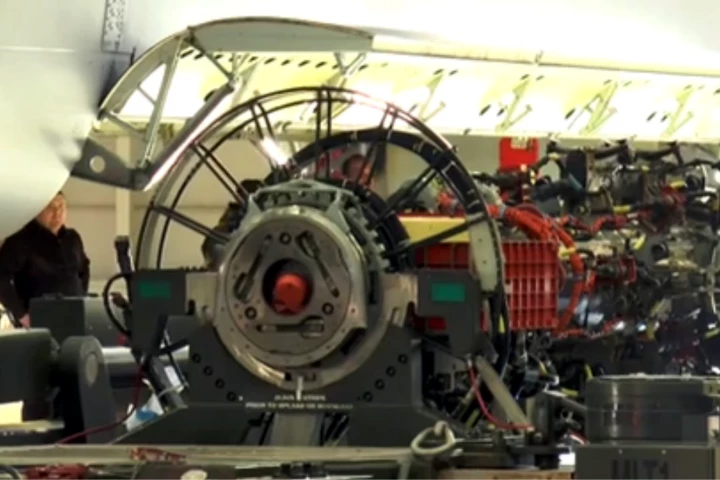Bombs
-
Bomb disposal robots are good in dangerous situations on land, but what if a would-be bomber hides their explosives under a bridge or a ship? In the future the US Navy might send in a submarine drone endowed with a pair of inflatable robot arms that are currently being developed by RE2 Robotics.
-
Looking to tackle the early signs of traumatic brain injury, the US Navy is developing small sensors that, when paired with specialized scanner, can quickly convert blast pressure into a clear signal of whether of not that soldier should stand down.
-
In 2010, after spending billions on research, Pentagon officials admitted that there was no better bomb detector than a dog's nose. Now scientists say the reason for this might lie simply in the way they sniff.
-
Electric power is used to run everything from boats to rollerblades, along with cars and motorbikes, but Torq's latest battery-powered vehicle could be the most useful of them all. The LETV has room for a fully-suited bomb-disposal expert, along with all the equipment needed to get the job done.
-
Suicide bombers are a tactic that is effectively deployed all too often. One entrepreneur is looking to help reveal such threats with a detector that scans subjects for shrapnel commonly used in suicide vests and explosives.
-
Scientists have developed a fluorescent material they claim can more reliably detect explosives in the vicinity, by being a bit more selective about when it changes color.
-
If you hunt unexploded sea mines for a living, then you might not mind losing your job to a robot. That seems to be the reasoning of the British and French governments as they embark on a joint venture to develop a prototype autonomous system for detecting and neutralizing sea mines.
-
Boeing and the RAAF have carried out tests of the Joint Direct Attack Munition Extended Range (JDAM-ER), which showed a three-times increase in range while maintaining accuracy. The add-on guidance kit for bombs was put through its paces at Australia's Woomera Test Range.
-
For a plane that's now being flown by the original crews' grandchildren, the B-52 is still going strong. For its latest upgrade, Boeing has installed a new weapons bay launcher that will allow the venerable bomber to carry smart weapons inside and reduce fuel consumption.
-
When people make improvised explosive devices, many of the waste products end up simply going down the drain. With that in mind, the European Union-funded EMPHASIS consortium is now developing technology to track those chemicals within the waste stream, so that their point of origin can be located.
-
Scientists have copied the sonar system used by dolphins to locate prey, to create a type of radar that could differentiate between ordinary objects and things like explosive devices.
-
A new glowing polymer can be used to detect even trace amounts of explosives.
Load More











